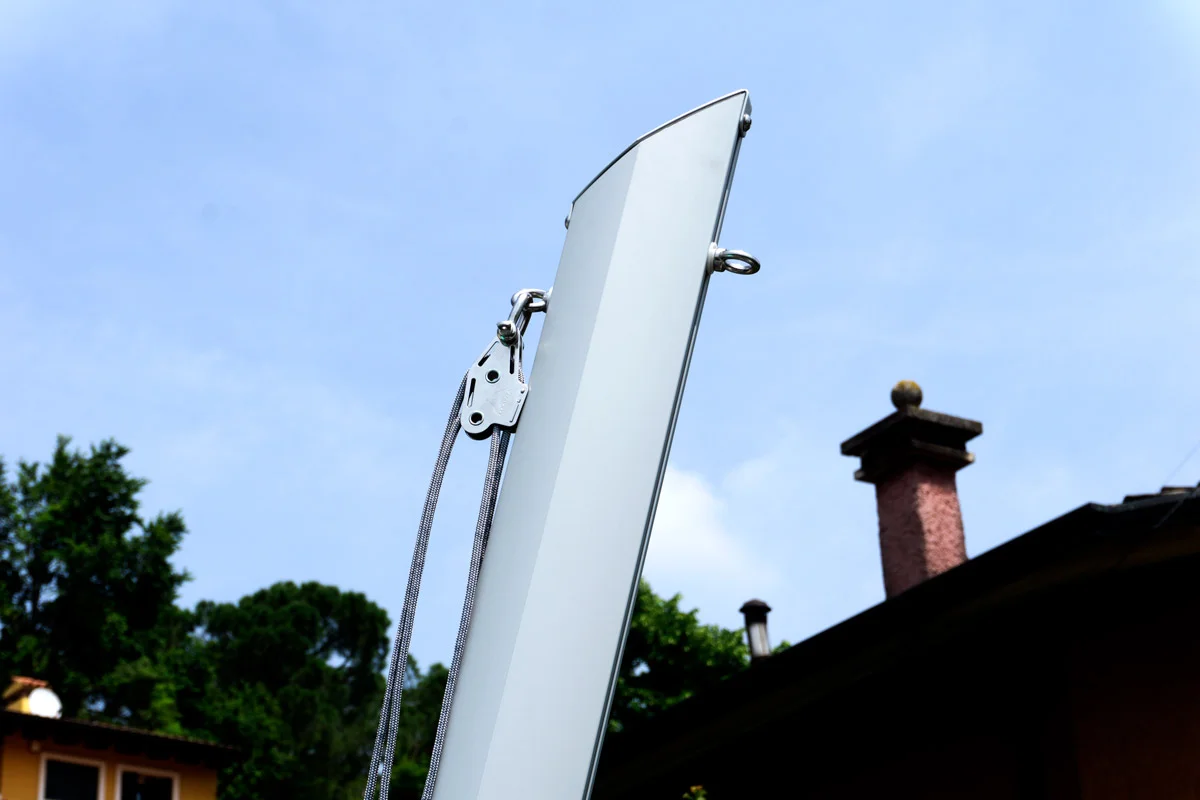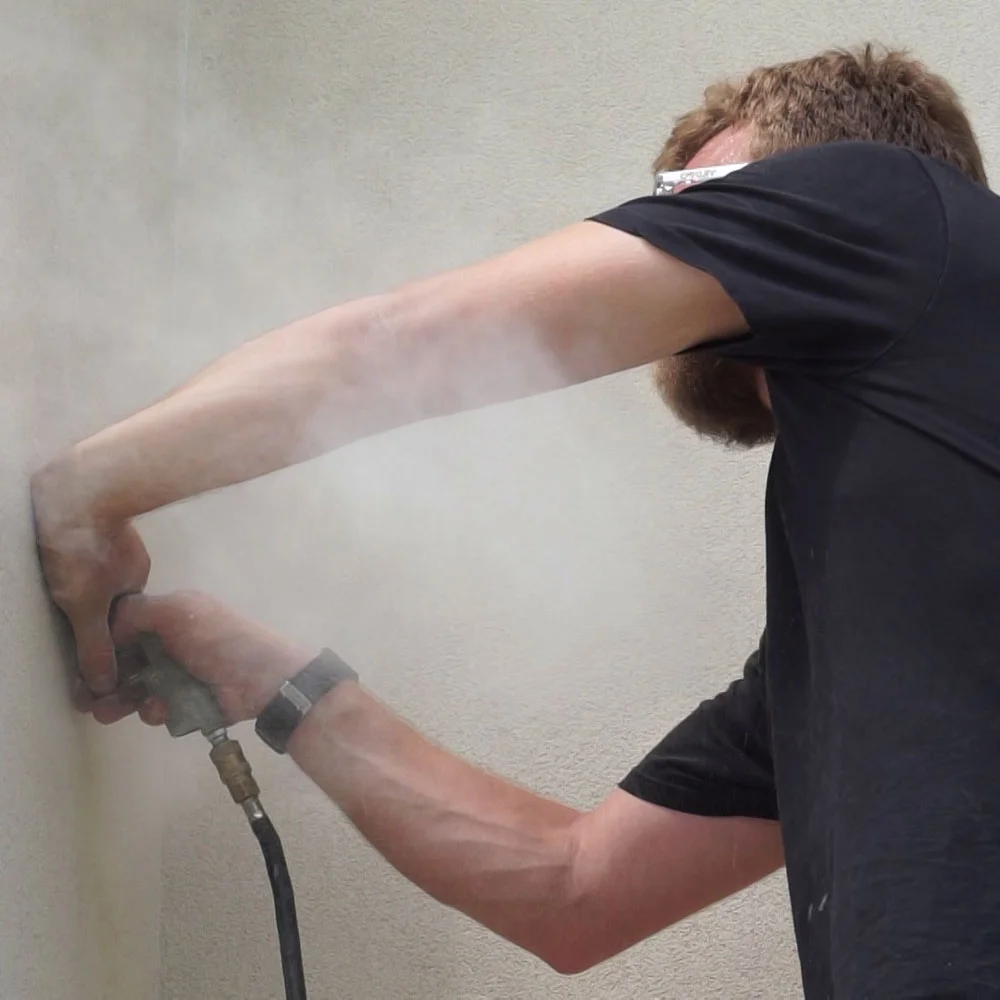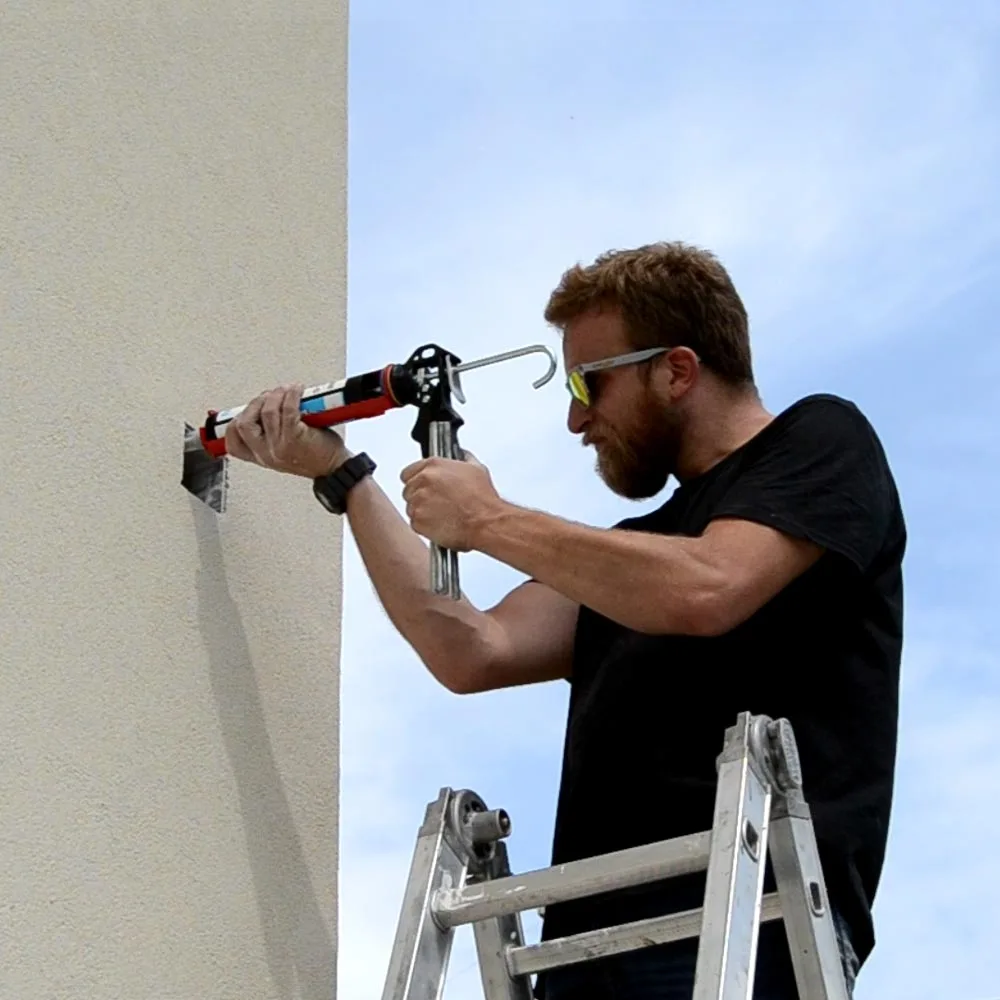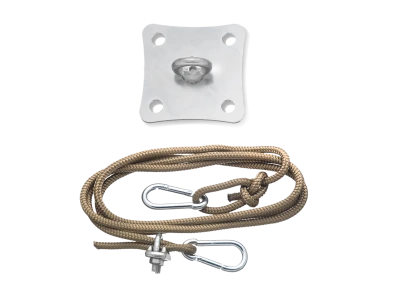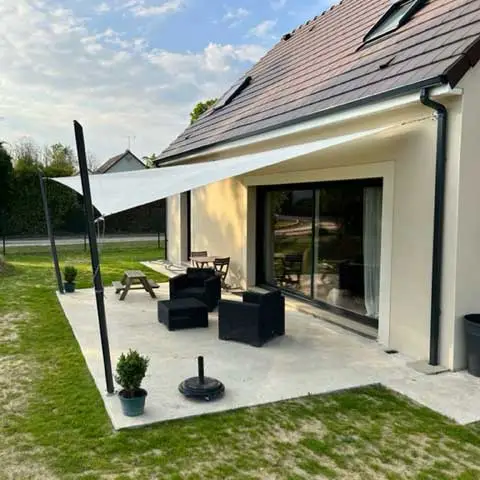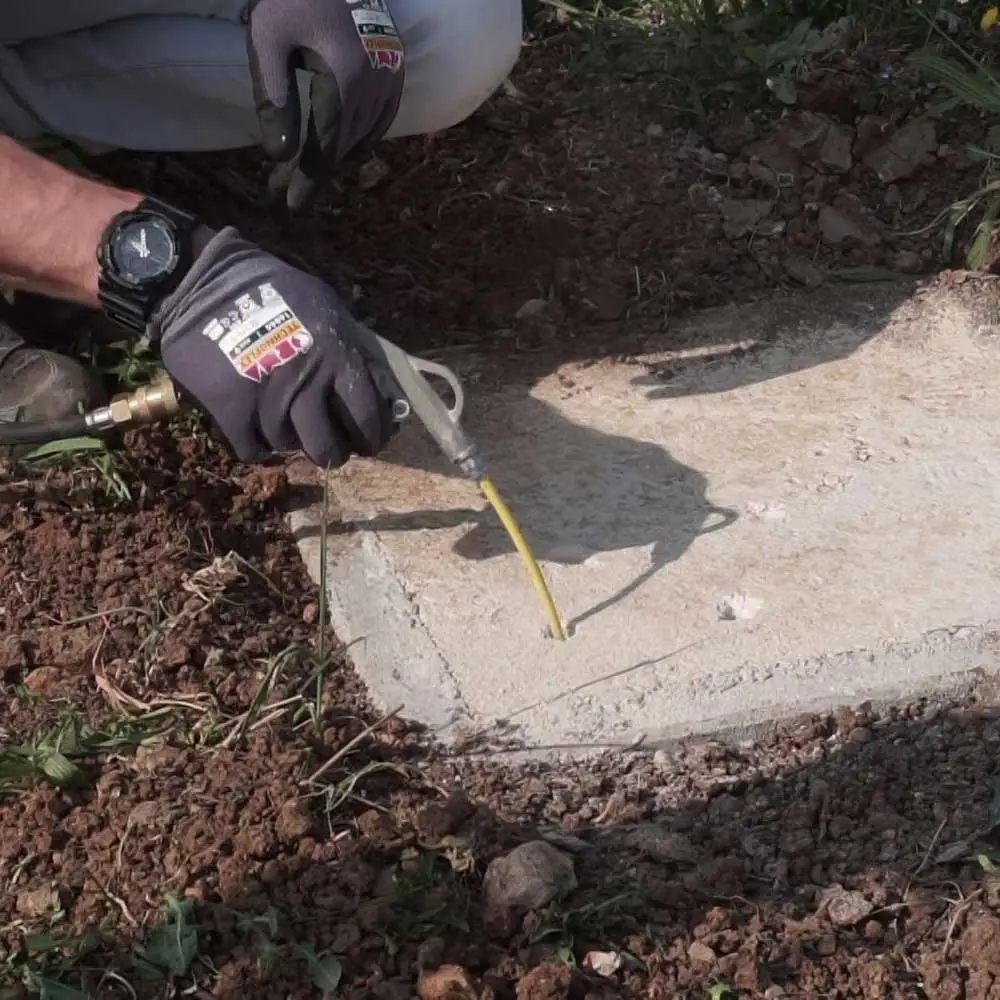-
-
FIXED SHADE SAILS
-
ROLL-UP SHADE SAILS
-
OUTLET & ACCESSORIES
-
SAILS BY SHAPE
-
BUYING GUIDE
-
INSTALLATION GUIDE
-
APPLICATIONS
-
-
-
BUYING GUIDE
-
-
CUSTOM ROLLER SHADES
-
STANDARD ROLLER SHADES
-
BUYING GUIDE
-
-
-
-
-
-
Shade sails
-
-
How to mount a shade sail: the definitive guide for installation
How many times have you not purchased a shade sail because you thought installation was difficult and complicated?
The design, as well as the installation, can be done by anyone simply following the advices and the basic rules that you will find below.
The choice of an outdoor shade sail allows you to create a protected and shaded space without having to resort to permanent masonry, maintaining a superb quality / price ratio.
Below you will find all the information you need to plan, install and maintain the shading coverage at best. On the side you will find an explanatory video of an installation.



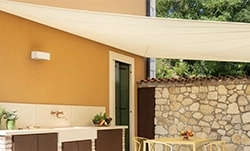


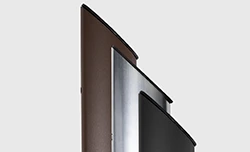



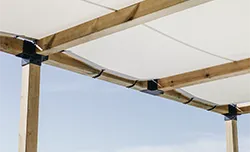


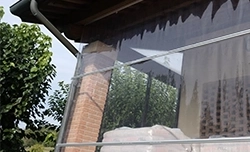









 English GB (English)
English GB (English)





